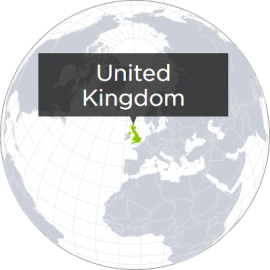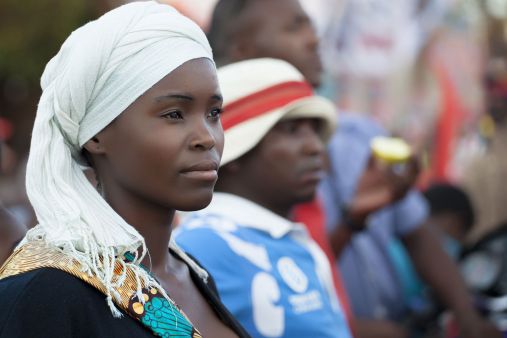Asia has led labour productivity improvement in the last decade, while North America and Eastern Europe have also improved, albeit more modestly. A reduction in the rate of productivity growth has been clearly noticeable in Western economies, leading to stalling living standards. This trend is present across the world.
How weaknesses in the global economy affect least prosperous most

Many countries have experienced long-term improvement in their economic foundations. However, four fundamental weaknesses have emerged: slowing productivity growth, decreasing macroeconomic stability, worsening fiscal sustainability, and rising youth and female unemployment. Additionally, the bottom 40 countries have continued to diverge with the rest of the world in infrastructure and market access, significantly limiting their economic development. In contrast, all aspects of Economic Quality have been improving in the top 40 countries in the last 10 years.
It is concerning that many countries’ economies are not growing as fast as they should, leading to an overall divergence between regions
In Sub-Saharan Africa today, the average worker produces goods and services worth $11,700 per year – just $600 more than 10 years ago. In Latin America and the Caribbean, the average worker produces less than they did 10 years ago.

Additionally, the last 10 years have witnessed an increasing infrastructure gap. The bottom 40 countries have not caught up with the middle and top groups, where every aspect of infrastructure continues to improve. Water infrastructure is the only element in which the bottom group is catching up with the rest.

Over 10 years, every region has seen increasing government debt, rising from 52% to 76% of GDP on average. In Sub-Saharan Africa, it has almost doubled, from 32% to 62% of GDP, much of which is denominated in foreign currency. However, increasing interest rates mean that these debt burdens may become unsustainable.
Ghana has been one of the worst affected countries, and following high rates of inflation, has had to restructure its financial debt with the IMF’s support. Malawi faced a similar situation, with the country’s debt reaching unsustainable levels.
Hence, 2023 presents a difficult economic outlook, marked by a substantive growth slowdown in the world economy, coupled with soaring inflation in many countries.
Global economic growth is expected to slow to 2.2% this year, representing a long-term slowdown in GDP growth over the last decade in most regions. Worryingly, GDP growth has even deteriorated in Sub-Saharan Africa and Central and East Asia – the areas that were already significantly behind.
According to the World Bank, the reasons for the decline in economic growth around the world include the energy and commodity shocks caused by Russia’s war in Ukraine. As prices were rebounding from the pandemic, global supply-chain constraints led to soaring inflation around the world.
Meanwhile, for the economies of the bottom 40 countries to improve, trade and access to global markets is essential. However, while the world is becoming more linked by trade agreements, the bottom 40 countries have also diverged in terms of access to foreign markets. For example, in the last 10 years, the top 40 have increased their access to foreign markets for goods from 32% of the global economy to 45%, while the bottom 40 have increased their access from 8% to just 12% of the global economy.
The challenges are interlinked: a healthy economy must have sustainable debt levels, an engaged workforce, stable prices and growing productivity – all of which are absent today.
Spotlight on employment
The proportion of workers who are waged and salaried has risen from 47.4% of the workforce in 2009 to 51.1% in 2019. This growth has been highest in East Asia and the Pacific, and Central and South Asia, where they have grown by 6% and 7%.
However, parts of the global labour force remain disengaged. Youth unemployment has risen across the world and stands at 24% in Central and South Asia, 22% in Latin America, and 26% in MENA. This represents a more worrying long-term trend of youth unemployment. For example, in Djibouti under-35's comprise 73% of the population. Meanwhile, the country has the highest youth unemployment in the world, which has been persistently worsening in the last three decades and reached 80% in 2021. If unaddressed, the trend will significantly hamper Djibouti’s development path.
Furthermore, female labour force participation has stalled globally, and even declined in some regions, most notably in Central and South Asia and Sub-Saharan Africa. In fact, studies show that female employment declined faster than male during the pandemic. This is in part due to women being primary employees in more heavily affected fields, such as hospitality, food services and personal care.

Moreover, during the pandemic many women took on additional responsibilities, including increased childcare, which may prevent them from returning to work. Notably, if unaddressed, the trend could reverse the progress made in gender equality in the labour market over the last decade.
South Africa was one of the countries that experienced an increase in female unemployment post-Covid-19. With almost half of the women (47%) out of the labour force, South Africa has the third highest female unemployment rate in the world.







